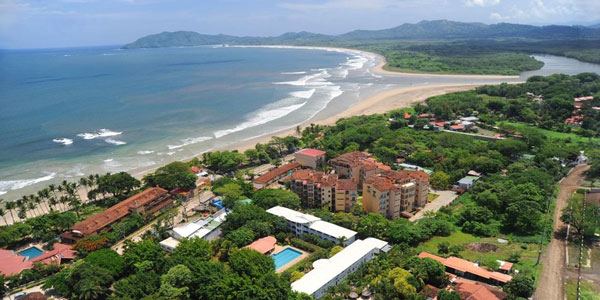The decreased amount of oxygen causes altitude sickness at high altitudes. As you ascend to higher elevations, the air pressure decreases, making breathing harder and reducing the amount of oxygen your body can absorb. This can cause symptoms from mild headaches and nausea to more severe conditions like high-altitude pulmonary oedema (HAPE) and high-altitude cerebral oedema (HACE), which can be life-threatening if left untreated.
Symptoms of Altitude Sickness
The symptoms of altitude sickness can vary depending on the severity of the condition. Mild symptoms may include headaches, nausea, fatigue, and dizziness. More severe symptoms can include shortness of breath, coughing, rapid heartbeat, and difficulty sleeping. In extreme cases, altitude sickness can cause HAPE or HACE, which can be fatal if left untreated.
Ways Avoid Altitude Sickness in Peru
If you are planning a trip to Peru, it is important to take precautions to avoid altitude sickness. Here are some tips to help you acclimate to the high altitudes of the Andes Mountains:

- Take It Slow: One of the best ways to avoid altitude sickness is to give your body time to adjust to the higher elevations gradually. Try to spend a day or two at a lower elevation before heading into the mountains. Take your time as you ascend, and avoid overexerting yourself.
- Stay Hydrated: Drinking plenty of water can help to prevent dehydration, which can exacerbate altitude sickness. Ensure you drink enough water throughout the day, and avoid alcohol and caffeine, which can dehydrate you.
- Consider Medication: Several medications are available that can help prevent altitude sickness, such as acetazolamide (Diamox). These medications work by increasing the amount of oxygen in your blood and can be helpful for those who are more prone to altitude sickness.
- Eat a High-Carbohydrate Diet: A carbohydrate diet can help your body acclimate to higher altitudes. Carbohydrates provide your body with energy, which can help you to overcome the effects of altitude sickness.
- Get Enough Sleep: Getting enough rest is important when travelling at high altitudes. Make sure to get plenty of sleep each night, and avoid sleeping pills, which can depress your breathing and worsen altitude sickness.
Ways to Treat Altitude Sickness
If you do experience symptoms of altitude sickness, there are several things that you can do to alleviate your symptoms. Here are some tips for treating altitude sickness:
- Descend to a Lower Elevation: The best way to treat altitude sickness is to descend to a lower elevation. If you are experiencing symptoms, taking them seriously and seeking medical attention if necessary is important.
- Rest and Stay Hydrated: If you cannot descend to a lower elevation, rest and stay hydrated. Drink plenty of water, and avoid overexerting yourself.
- Use Oxygen: If your symptoms are severe, you may need supplemental oxygen. Many hotels and tour companies in Peru have oxygen tanks available for their guests, so it is a good idea to inquire about this before you travel.
- Take Medication: If you have medication for altitude sickness, take it as directed. This can help to alleviate your symptoms and make you feel more comfortable.
Best Places to Visit in Peru Without Suffering from Altitude Sickness
If you are concerned about altitude sickness, several destinations in Peru are at lower elevations and less likely to cause symptoms. Here are some of the best places to visit in Peru without suffering from altitude sickness:
- Lima: Peru's capital city is at sea level on the coast. This makes it a great destination for those who want to avoid altitude sickness. Lima is known for its delicious cuisine, vibrant nightlife, and historic architecture.
- Nazca: Nazca is a desert town on the southern coast of Peru. It is known for the Nazca Lines, a series of ancient geoglyphs seen from the air. Nazca is at an elevation of only 590 feet (180 meters) and is a great place to visit if you want to avoid altitude sickness.
- Paracas: Paracas is a coastal town about 150 miles (240 kilometres) south of Lima. It is known for its beautiful beaches and wildlife, including sea lions and penguins. Paracas are at an elevation of only 26 feet (8 meters) and are a great destination for those who want to avoid altitude sickness.
- The Amazon Rainforest: The Amazon Rainforest is located in the eastern part of Peru at a relatively low elevation. It is a great destination for those who want to experience the natural beauty of Peru without the risk of altitude sickness.

Conclusion
Altitude sickness can be a serious condition impacting your travels in Peru. However, with proper planning and precautions, it is possible to avoid and treat the symptoms of altitude sickness. Take your time as you ascend to higher elevations, stay hydrated, consider medication, eat a high-carbohydrate diet, and get enough sleep. If you experience symptoms, descend to a lower elevation, rest, and stay hydrated.







